Stoats may be small, but in New Zealand’s ecosystems they pack a punch — and not in a good way. These cunning predators have a long history here, and their impact on native wildlife is both fascinating and deeply concerning. Let’s uncover some key facts about stoats and the damage they cause to our biodiversity.
Stoat facts:
- Invasive Predators: Stoats were introduced to New Zealand in the late 19th century to control rabbit populations. However, their predatory nature and adaptability quickly made them a significant threat to native wildlife.
- Sleek Hunters: Stoats are agile and cunning hunters, capable of stalking their prey with stealth and precision. With their slender bodies and keen senses, they can easily outmanoeuvre many native species.
- Voracious Appetite: Stoats have a voracious appetite, feeding on a wide variety of prey, including birds, eggs, insects, and small mammals. Their opportunistic feeding habits make them a formidable threat to native fauna.
- Prolific Breeders: Stoats reproduce rapidly, with females capable of producing multiple litters of young each year. This high reproductive rate contributes to the expansion of stoat populations and their impact on native ecosystems.
Negative impacts on biodiversity:
- Predation on Native Wildlife: Stoats are relentless predators, preying on native birds, eggs, and small mammals. Their hunting activities can decimate populations of vulnerable species, including ground-nesting birds and endemic rodents.
- Threat to Endangered Species: Icons like the kiwi and the kakapo are especially at risk. Stoats remain a major obstacle to the survival of some of New Zealand’s most endangered wildlife.
- Ecosystem Disruption: By reducing prey numbers and putting pressure on native species, stoats upset the delicate balance of ecosystems, triggering wider biodiversity impacts.
- Competition with Native Predators: Stoats don’t just take food from prey — they also compete with native hunters like owls and falcons, adding extra strain on those species.
Stoats may be small, but their impact on New Zealand's biodiversity is significant and far-reaching. As invasive predators, they pose a formidable threat to native wildlife, preying on vulnerable species and disrupting ecosystem balance. Effective management strategies are essential to control stoat populations and mitigate their negative impacts, safeguarding New Zealand's unique biodiversity for future generations.
What can you do
If you believe there is stoat activity in your area, reach out to your local conservation group for tips and tricks or visit the Department of Conservation website for local guidelines and ideas. Once you're ready to start trapping, Traps.co.nz can supply the lures and traps you need. Below are our three most popular products:
- Kill Trap Tunnel for Stoats, Weasels and Rats works well with our traps and helps protect non-target species
- Modified Victor Stoat and Rat Trap NAWAC approved, affordable and works well with our Trap Tunnel
- BT200 Rat & Stoat Trap Zinc & Stainless Steel Equivalent to the DOC 200 trap that’s NAWAC approved and locally made
- BT200 Rat & Stoat Trap Stainless Steel Equivalent to the DOC 200 trap that’s NAWAC approved and locally made
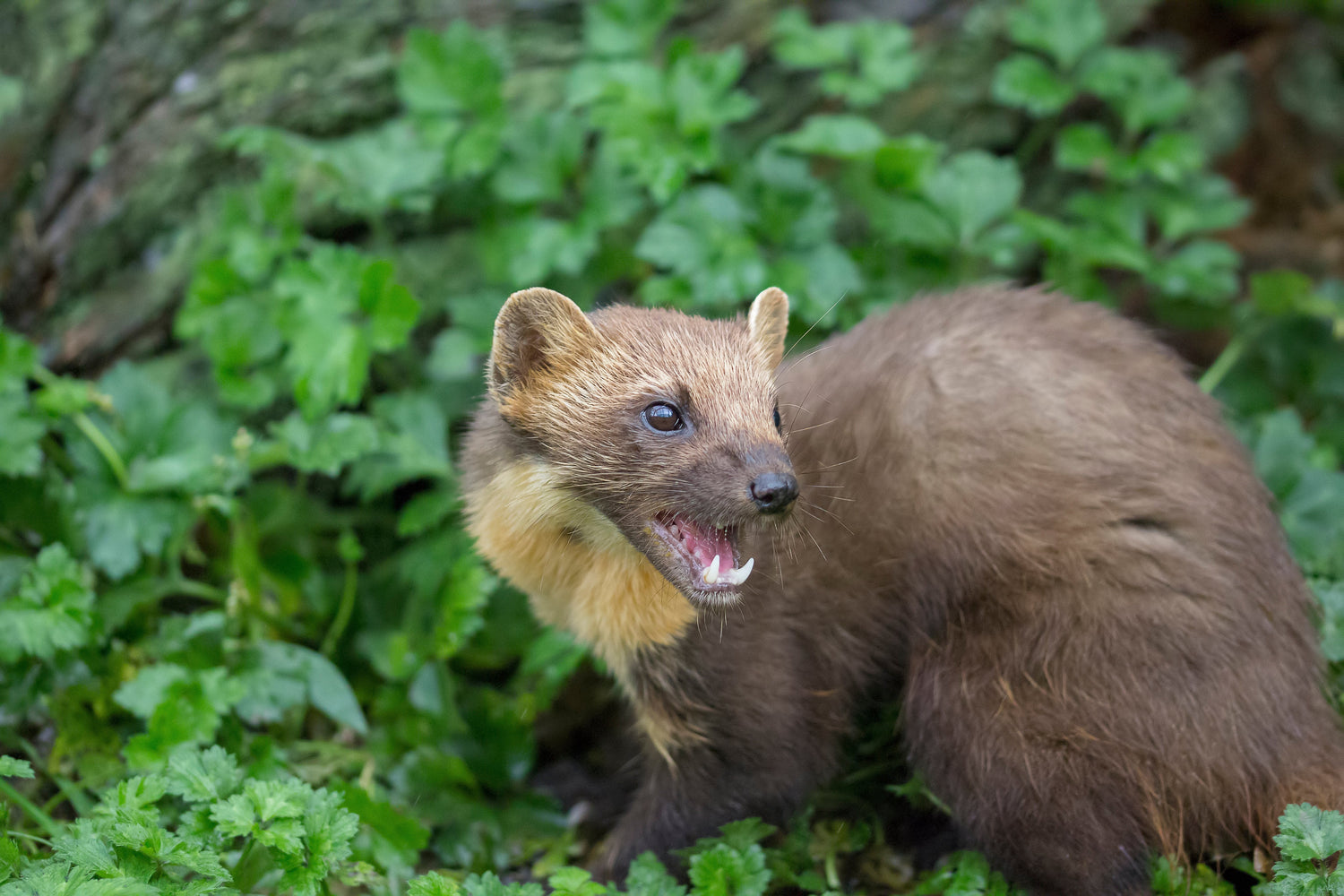
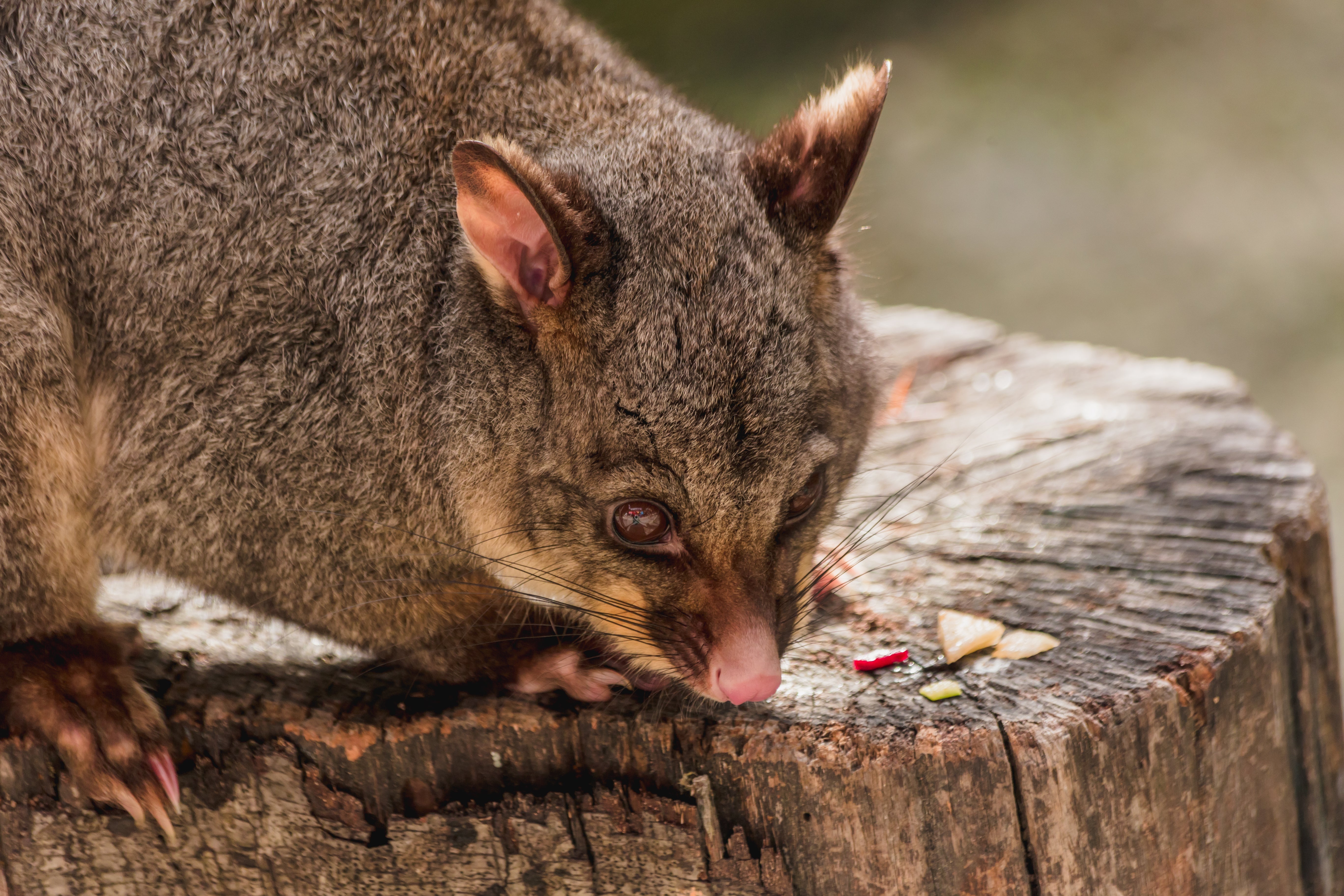
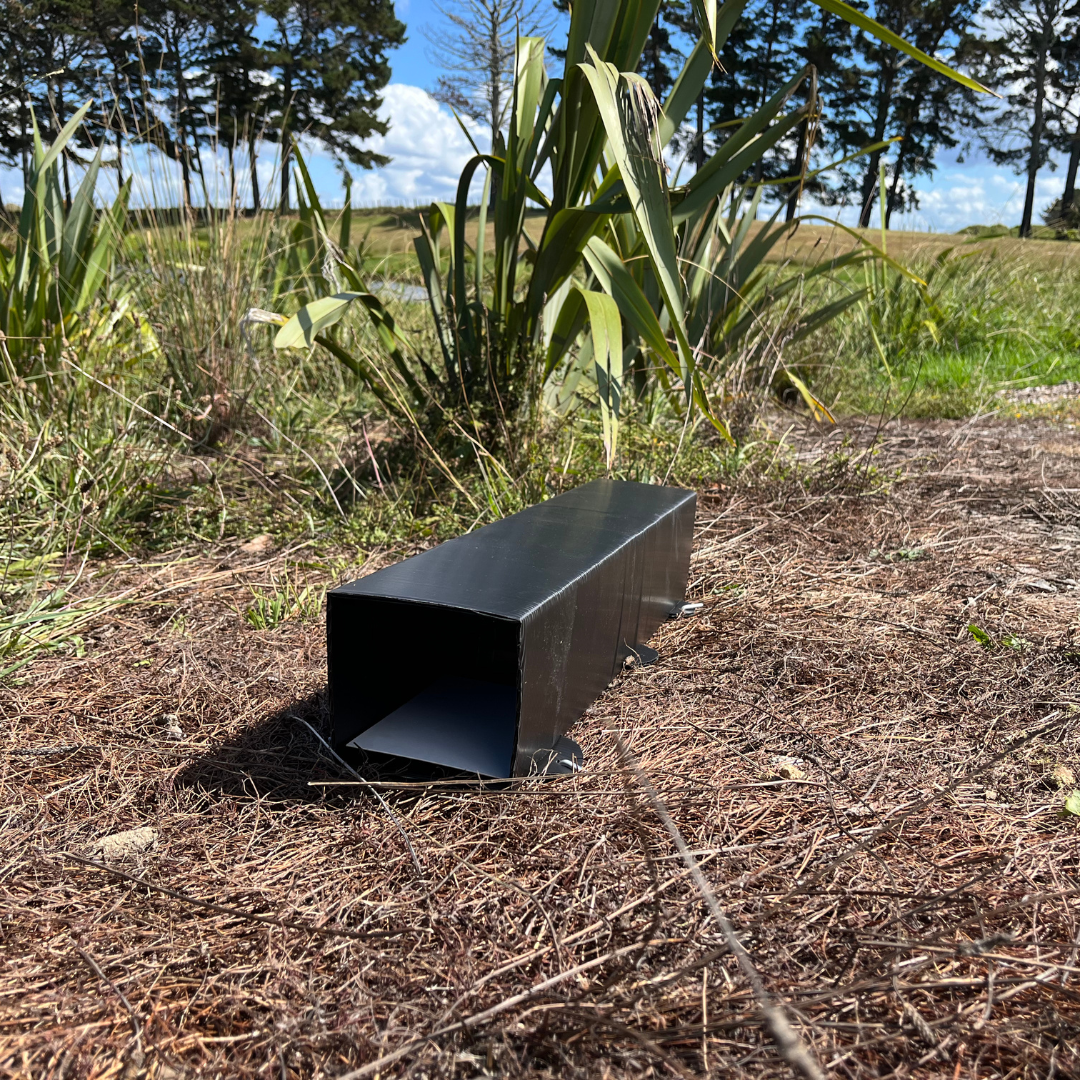
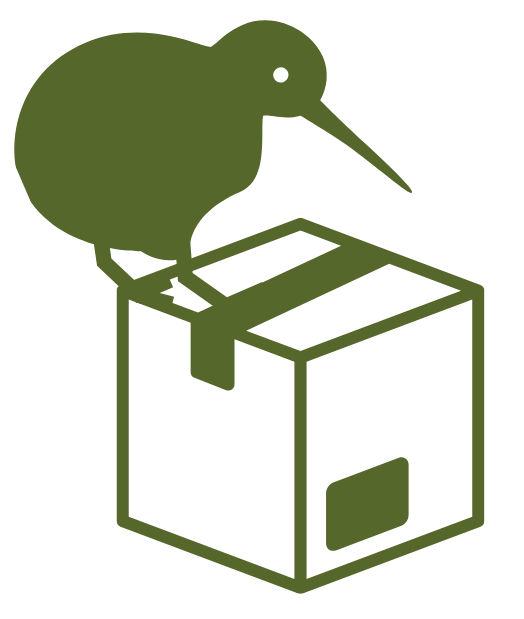
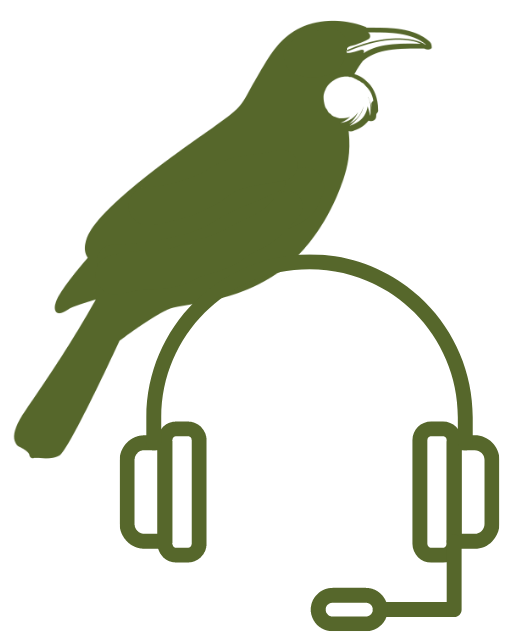
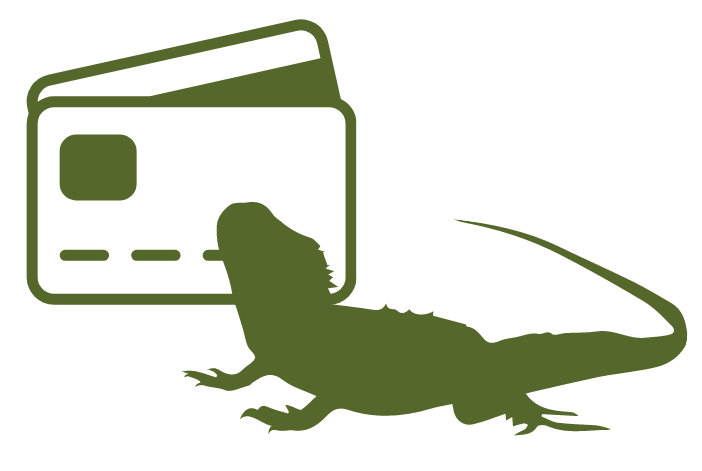
Leave a comment
This site is protected by hCaptcha and the hCaptcha Privacy Policy and Terms of Service apply.